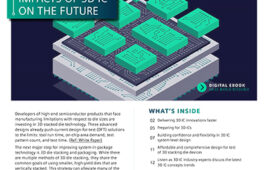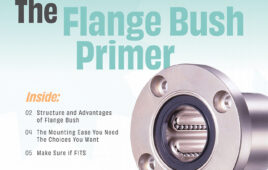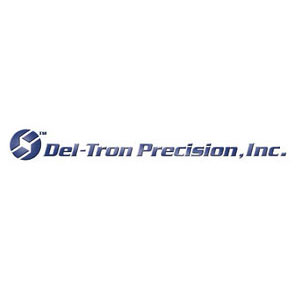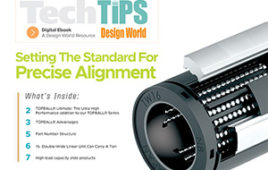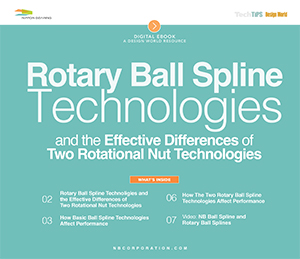 Before you specify a rotary ball spline, ask the question, “Should the rotary spline nut be riding on angular contact ball bearings or crossed roller bearings?” After ascertaining your application’s requirements – stroke length; velocity; applied load; mounting space; duty cycle; required life; dimensions; installation direction; environment and accuracy – you’re ready to factor in the pros and cons of the two technologies.
Before you specify a rotary ball spline, ask the question, “Should the rotary spline nut be riding on angular contact ball bearings or crossed roller bearings?” After ascertaining your application’s requirements – stroke length; velocity; applied load; mounting space; duty cycle; required life; dimensions; installation direction; environment and accuracy – you’re ready to factor in the pros and cons of the two technologies.
If you are considering a rotary ball spline, you know that in addition to a ball spline’s forte – transference of torque – the rotary ball spline adds a nut that rotates on the ball spline shaft making the unit capable of simultaneous linear and rotary motion with submillimeter accuracy.
Learn more about NB Corp rotary ball spline technologies by downloading the eBook below.
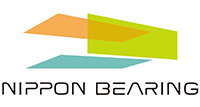
Filed Under: Tech Tips • eBooks

